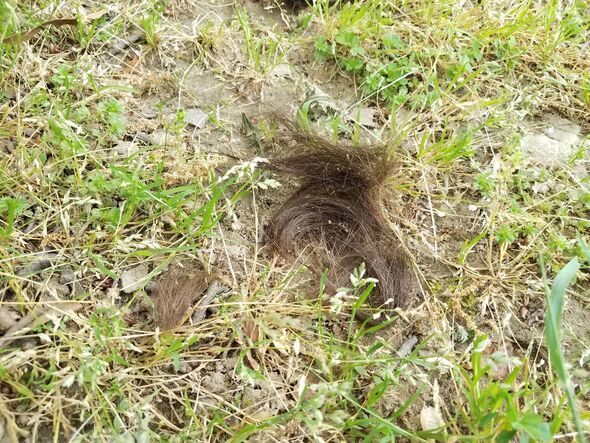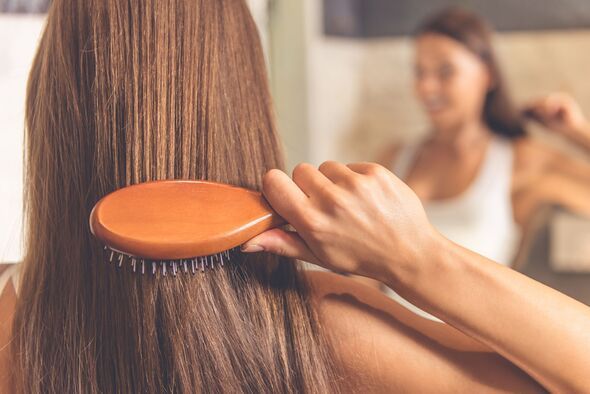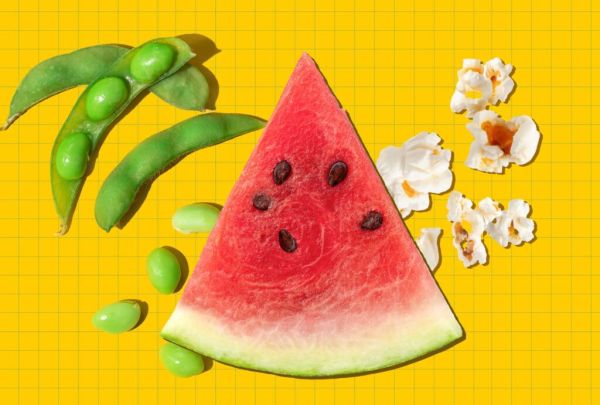
This may seem pretty unappealing and strange at first, but human can actually give your a major boost. From acting as a nutrient-rich fertiliser to deterring pests, improving water retention, and enhancing soil aeration, hair is a biodegradable, zero cost ally that's too good to toss away. Often swept up and discarded without a second thought, our hair is actually packed with plant-friendly properties.
Whether you're a seasoned green thumb or just beginning your journey into houseplant care, incorporating hair into your soil can give your plants a unique, low-maintenance advantage. Experts at the highlight that hair isn't just compostable, it's a rich source of nitrogen, a key nutrient that can help create vibrant, and leafy plants.

Beyond nourishment, hair's natural absorbency helps soil retain moisture longer, reducing the need for watering as frequently as you would normally do.
As the hair slowly decomposes, it acts like a gentle, slow-release fertiliser, feeding your plants steadily over time.
Green Salon Collective wrote: "Hair is good for water absorption and so plants will require less water or watering less often. Hair is high in nitrogen and this is slowly released to the plant when it is in the soil. Hair as a top layer can deter pests. Hair can help to give soil a sturdy matrix which may be useful for supporting roots.
"Plus, hair is rich in nitrogen which makes it ideal for composting and treating plants with it. Hair is like a long-lasting nitrogen supplement for your favourite house plants!"
But there's more. Laying a thin layer of hair on top of your soil can act as a natural pest deterrent.
Its texture and subtle scent may keep common garden pests like fungus gnats at bay, creating a healthier environment for your plants and scare unwelcome guests away.
First, start by collecting untreated hair from hairbrushes, or haircuts. Then, place a layer of hair at the bottom of your plant pots before adding soil to improve water retention.
Use hair as a mulch-like top layer on the soil surface to reduce evaporation and help deter pests.
Over time, allow the hair to decompose naturally, releasing nutrients to nourish your plants.
It's a smart, sustainable solution that might just help your plants thrive but you want to make sure you avoid using dyed or chemically treated hair.
This is especially the case with edible plants as you want to make sure you are keeping these safe and chemical-free.









